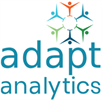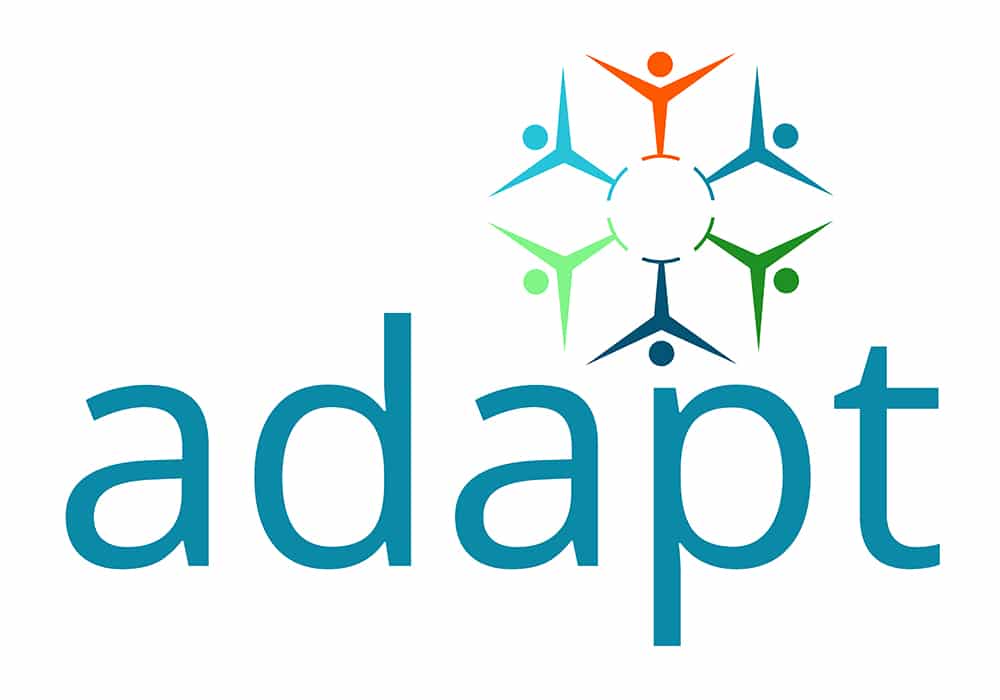BLOG: Agile Data Strategy

Starting a data strategy can be overwhelming. You must make choices about tooling, storage, data governance, and the skills of your staff among other things. By taking an agile approach, you can avoid a lot of stress.

Leestijd: 5 minuten – auteur:
Neil FitzPatrick
Senior BI Consultant
As we are well into 2023, many people have let go of their New Year’s resolutions. Towards the end of the year, people invariably find themselves reflecting on what they’d like to change about themselves. They can think about improving their physical and/or mental health, financial planning, improving relationships, or career development. It can be overwhelming to think about how to improve all these areas of life and what steps to take to achieve these improvements.
Now imagine this is happening at the company level at a company where there is a strong desire to gain more control over the company’s data. You’re going to have to make decisions about the information needs that exist. You have to think about what data you have, what tools you use, and who in your company already has an idea of what insights there are. You’re basically going to need to come up with a whole data strategy. It can be incredibly challenging to make the right choices, especially as the world around us is constantly changing, and there is more and more data available with more questions coming up.
But just like with self-improvement, it can help to start with small, achievable steps instead of tackling everything at once. And this is where the concept of Agile comes in. Agile stands for flexibility and speed and focuses on achieving fast results and continuous improvement, rather than following a fixed plan.
Minimum viable product
This means you can start with a minimum viable product (MVP) and then gradually work on improving and expanding it. An MVP can be seen as the simplest version that meets the intended function. In the most well-known example of an MVP, the desired product is a car, and the simplest version that can be tested is a skateboard. Once you have something, it is easier to test it with the target audience and then continue to develop it.
This way, you create a faster impact and lower the threshold to start working. Instead of endlessly planning, you can get started right away and continue to improve until you end up with a data strategy that fits your organization and its specific needs.
Keep in mind, it is still important to first think about what you want to achieve before you start developing MVPs. This is like choosing a destination before you go on a trip. By consciously thinking about your goals and ambitions, you can better determine which steps you need to take to get there. This way, you can use that goal as a guide to determine what your next MVP should be. You then build step-by-step and regularly check whether you are still on the right track or whether you need to adjust your goals.
An Agile Data Strategy. Just as you’re able to approach your self-improvement journey in a flexible and effective way, an Agile Data Strategy can help you make data-related decisions in a flexible and effective way. Instead of wanting everything to be perfect all at once, you can make progress step by step and adjust quickly when changes occur. This way, you can always ensure that you have the right information at the right time. The Agile data strategy is focused on rapid and flexible implementation of Business Intelligence & Analytics, so that you can immediately obtain valuable insights and continue to improve.
The 7 points of a data strategy
There are 7 points to consider for a successful data strategy. Bear them in mind and realize that an Agile “data journey” will bring surprises and new insights. You will be constantly tinkering with the following points throughout your project. Trust the process.
- Goals and objectives: It is important to define an ambition and objectives beforehand. Examples of an ambition can be as small as “we want to ensure that everyone in the company is talking about the same numbers” to something more extensive like “we want the whole organisation to be data-driven.” As with all agile projects, it is advisable to periodically evaluate your ambition and objectives.
- Data sources: Identify the available data sources and determine which ones are missing. Determine which data is present in existing sources and which data needs to be collected. It is important to have a complete picture of the data to perform efficient analyses.
- Data architecture and management: Describe how you want to efficiently store and manage data from various sources. How will users consume the data? It is important to choose a solution that supports both tactical and strategic analyses, reports, and dashboards.
- Data analysis and visualization: Define the first measurements and KPIs based on the steps you have taken so far. Collaborate with end-users to design the first BI report or dashboard. This feedback loop with the user is an important aspect of the agile approach, in which you can gradually develop more. Answers often lead to more questions and needs. As needs grow, the data strategy also grows.
- Data governance: Data governance is the responsibility for capturing, executing, and enforcing guidelines for data processing. This can include legal guidelines, such as GDPR, as well as company-specific processing policies. It is important to establish the right rules and procedures to ensure the quality and integrity of the data.
- Data skills and resources: Identify the skills and resources needed to implement and maintain the data strategy. This may include hiring employees with specific expertise, using certain tools, and providing training for users. It is important to invest in the right resources to successfully implement the data strategy.
- Data culture: It is important to develop the right data mindset among the key stakeholders. This includes estimating the value of data and understanding how data can be used to support business decisions. Also important is the ‘adoption’ among employees of the chosen BI tools. A culture of data orientation is crucial for the success of your data strategy.
This may sound like a lot of things to consider, but just like with New Year’s resolutions, the best answer to the question “where do I start?” is “somewhere.” Start your data journey with the questions ‘what is our first goal?’ And ‘what insights do we want to gain first?’ From there, the rest of the strategy will form iteratively as long as you continuously work on it.
Do you want to more about this?
Do you need help developing your agile data strategy? Visit our website or contact us right away!
We are ready to help you achieve your data goals.

